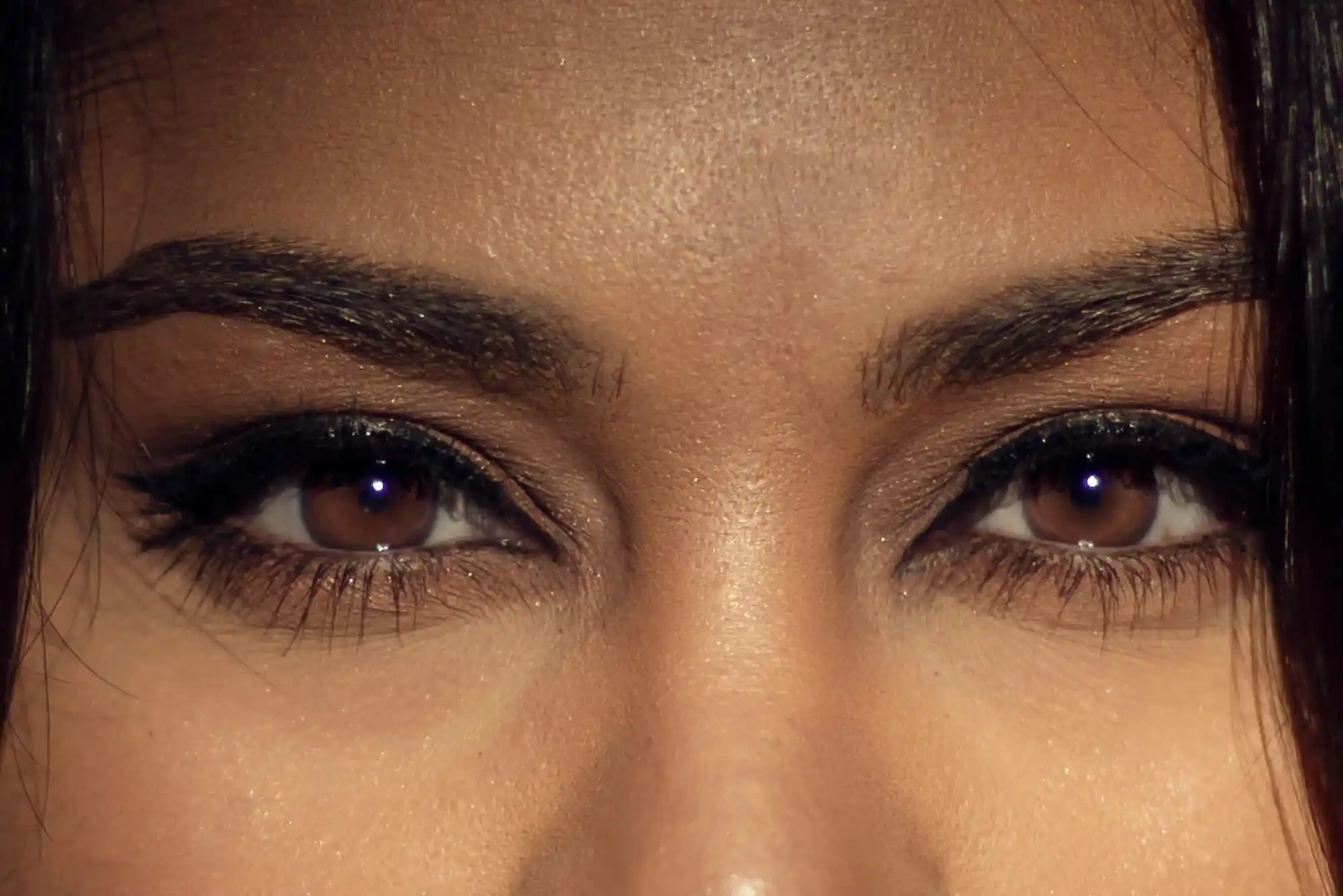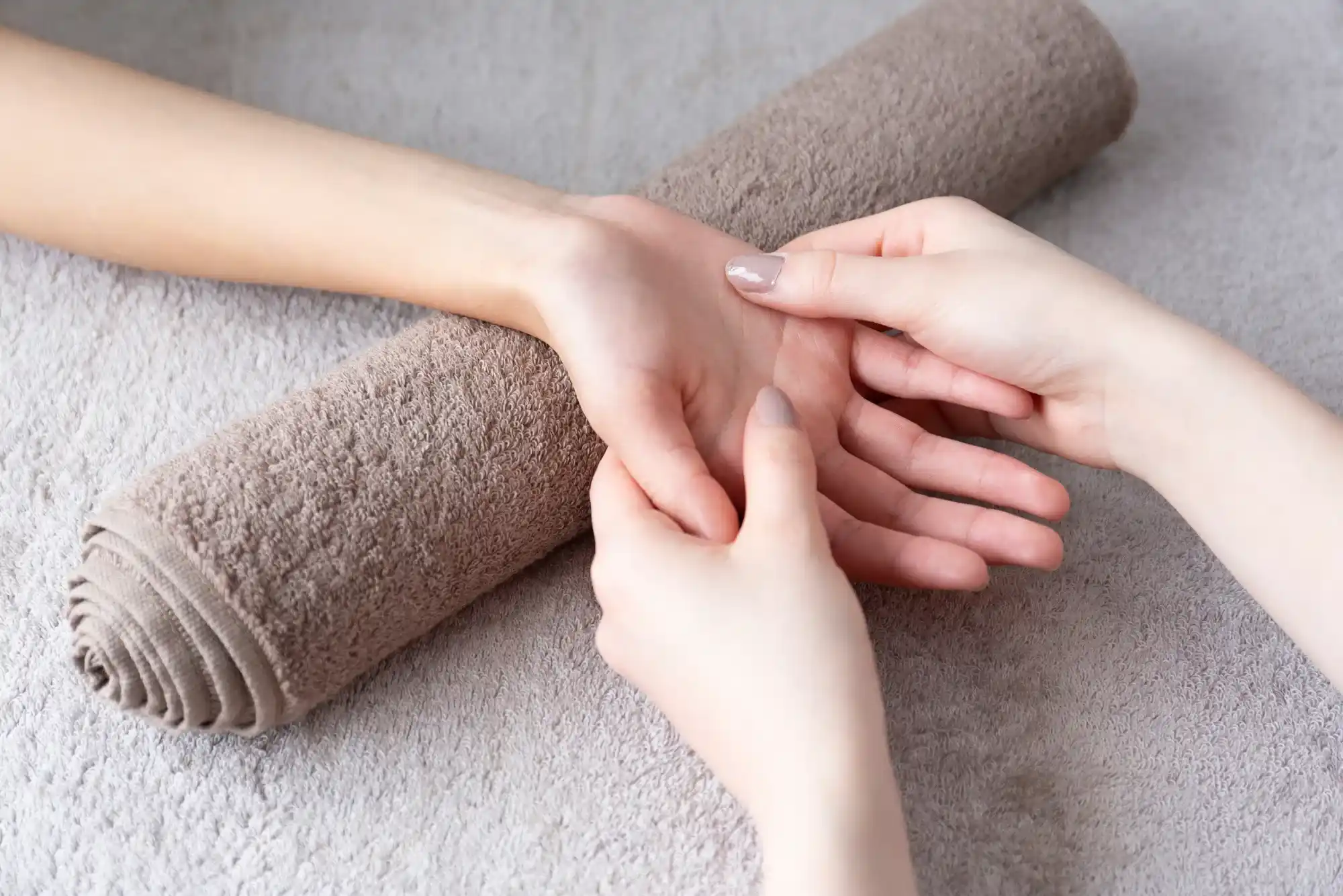Introduction
Choosing the right perfume is more than just picking a pleasant scent. Understanding fragrance notes is essential to finding a scent that matches your personality and lasts throughout the day. Perfumes are crafted in layers, and each layer contributes to the overall aroma. This guide explains fragrance notes, how they interact, and the best way to choose the perfect perfume.
What Are Fragrance Notes?
Fragrance notes are the individual scent components in a perfume. They are categorized into three main layers: top notes, middle notes, and base notes. Each layer interacts uniquely to create a balanced and evolving scent profile.
Top Notes
Top notes are the first scents you notice when you apply perfume. Beauty and Fashion They are light, fresh, and evaporate quickly. Common top notes include:
- Citrus (lemon, bergamot, grapefruit)
- Herbs (lavender, basil, mint)
- Light fruits (apple, pear, berries)
Middle Notes
Also known as the “heart notes,” middle notes emerge as the top notes fade. They provide the main character of the perfume and last longer than top notes. Popular middle notes include:
- Floral scents (rose, jasmine, lily)
- Spices (cinnamon, nutmeg, cardamom)
- Green notes (tea leaves, grass, herbs)
Base Notes
Base notes are the foundation of the fragrance, lingering for hours after application. They add depth and richness to the perfume. Common base notes include:
- Woody scents (sandalwood, cedarwood, patchouli)
- Musk and amber
- Vanilla and chocolate
How Fragrance Notes Interact
Fragrance notes blend in a way that allows perfumes to evolve over time. The top notes provide the initial impression, middle notes define the scent, and base notes ensure longevity. Qubix Shop Online When selecting a perfume, it’s important to test how it develops on your skin.
How to Choose the Right Perfume
Identify Your Preferred Scent Family
Perfumes are classified into scent families such as floral, woody, fresh, and oriental. Determining which category suits your taste helps in selecting the right fragrance.
Test the Perfume on Your Skin
Spray the perfume on your wrist and wait at least 30 minutes to experience how the scent changes over time.
Consider the Occasion
Daytime and office settings call for lighter, fresh scents, while evening wear may require deeper, more sensual fragrances.
Check the Longevity and Sillage
Longevity refers to how long the fragrance lasts, while sillage describes the scent trail it leaves. Opt for long-lasting perfumes with strong sillage for special occasions.
Step-by-Step Guide to Layering Fragrances
Layering perfumes enhances depth and uniqueness. Here’s how to do it effectively:
- Start with a Neutral Base: Use an unscented lotion to prepare your skin.
- Apply a Complementary Scent: Choose a light body mist that complements your perfume.
- Spray the Perfume Strategically: Focus on pulse points like wrists, neck, and behind the ears.
- Finish with a Hair Mist: Hair retains fragrance well and amplifies the scent.
Related FAQs
How do I make my perfume last longer?
To extend the longevity of your perfume, apply it to moisturized skin, focus on pulse points, and avoid rubbing your wrists together.
What’s the difference between Eau de Toilette and Eau de Parfum?
Eau de Parfum has a higher concentration of fragrance oils than Eau de Toilette, making it last longer and smell more intense.
Can I mix different perfumes together?
Yes, layering perfumes can create a unique scent. However, ensure that the notes complement each other.
For more tips on perfumes and beauty trends, explore our Beauty and Fashion category. Shop for high-quality perfumes at Qubix Shop Online or follow Qubix Dubai Shop Online for the latest updates.











